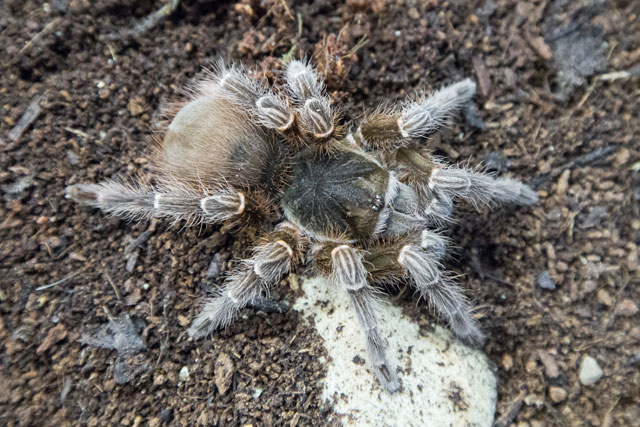- Joined
- May 30, 2017
- Messages
- 2,159
Okay, i'm a little late when it comes to the Acanthoscurria genus. But my question is that basically the A. geniculata and A. brocklehursti are basically the same species, but different variants?? Can someone explain about these two same/different species. To my basic understanding, all hobby A. brocklehursti is actually a variant of the A. geniculata and that the real A. brocklehursti is actually another species or something? It's very confusing for me. Since this genus is not really one that I keep up with. So explanation will be appreciated.

